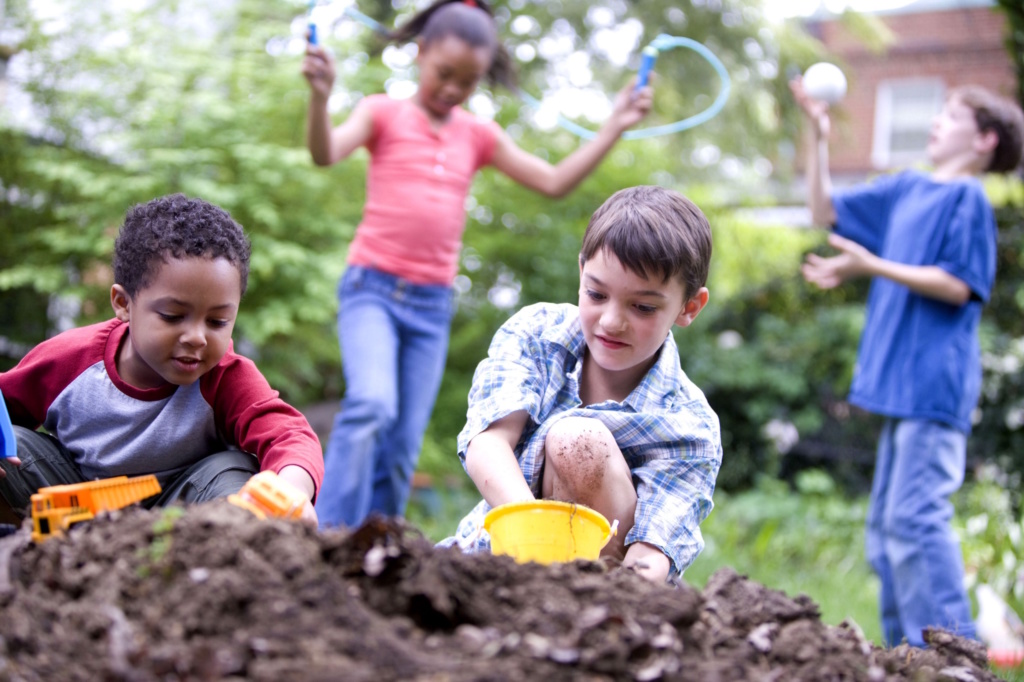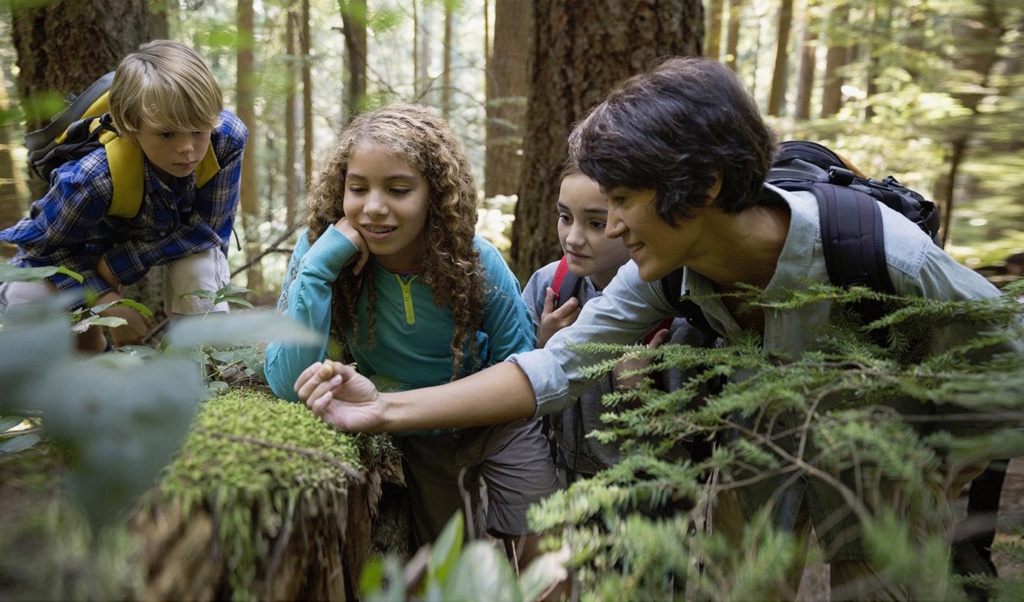
Even in the Foundation Phase/Stage, children try to make sense of issues such as climate change. They are starting to get awareness that perhaps they should do something about problems. The focus of this issue of CTL is solutions to the climate crisis. If we are to protect the environment, we have to care about it. If you are working with the youngest children, the key task is to foster their aesthetic awareness and ecological understanding of the natural world and develop the language needed to talk about the beauty and wonder of the natural world.
We want young children to start to understand the diversity and richness of living nature – the biodiversity all around us. Biodiversity is important to the health of our planet’s ecosystems and a precondition for life on the planet. Biodiversity also has an intrinsic value that we want to foster in our young children. The activities here are designed to do just that.
A key task is to help children learn how to really see their surroundings. To get them to think about the area around the school and where they live. To notice the weather and the seasons and how they change over the year. We want them to understand the intricate wonder of the world and to do this they will need some help.
When I went to school in the 1950s, I remember the nature table in our classroom. Why not reinstate the nature table and display objects the children have gathered. Include pictures of objects as well as real pieces of trees, bark, twigs, leaves and so on.

Draw children’s attention to the visual arts and how artists portray nature. The skies of John Constable, the fields of Van Gogh, ocean paintings by the Japanese artist Hokusai, postcards of the sculptures of Barbara Hepworth or the African painter Olga Zavgorodnya, can evoke a sense of awe and wonder in children. Encourage them to look for depictions of animals and nature in birthday cards or postcards and bring them in to share.
Talk around what they see is vital if the children are to be provided with a language that enables them to recognise, understand and talk about the environment around them. Draw the children’s attention toward specific detail. Such activities will increase their aesthetic awareness and appreciation of the natural world.
Suggested activities
- Take the children outside and ask them to look at one object in nature. It could be a tree, a shrub, an insect or just some vegetation. Using a ‘telescope’ (a kitchen roll tube for example) ask them to look at their object through the tube. Ask them how different it looks when we focus on one object and shut out all the things that surround it. Encourage them to look at the area around the object, see it in its location.
- When exploring objects in nature bring in all their senses. Ask them to notice how the light changes what they see as it falls differently depending on the weather, the sky and time of day and season. Ask them to ‘become’ the object and think about how the world looks from the object’s perspective. Could they start to make a visual record of the object they have chosen and the space around it by drawing or even taking photographs? Can they explore the texture of their object? Smell it? And for some objects taste it. Try and visit the same places in different seasons so children can notice how the environment changes over time.
- Ask children to notice the linear qualities to be found on bark, leaves, branches and flowers and amongst different grasses. Perhaps do leaf or bark-rubbings using wax crayons on a variety of papers.
- Make or take pictures showing how one object in nature, a tree, shrub, flower or clump of grass can be identified as a focal point within a particular view.
- Can they notice and record the different shapes of fauna either outside or on the nature table?
- Use magnifying glasses to do close observation of leaves or other foliage and look for patterns – can children reproduce the patterns?
- When outside ask them to notice variations and contrasts of colour and tone as the light changes. This can be on the ground or lying down and looking up at the sky. Cloud formations lend themselves to imaginative thoughts of animals and people and stories. The sense of permanent rhythm and change of the sky fascinates the young child. Talk about how the sky changes when it is cool and overcast, or raining and misty, or a clear blue. Look for other elements like a plane or a bird. Take the easels outside and paint the skies.
- Create some dense foliage in the classroom using a range of houseplants and grow tomato plants, runner beans and sprout beans according to time of year and availability.
- Stones and pebbles are readily available. Ask them to collect them and bring them in. They can create still life arrangements from the stones and perhaps a permanent collection can be made including interesting minerals and fossils.
- Touching and feeling objects is essential to the process of capturing their quality in the mind. Can they create stories from the rocks, stones and pebbles? You’d be surprised at the fairies and elves or monsters and witches that lurk in the stones.
- Explore the infinite range of shapes to be found in the edges of pebbles and stones, the different textures and patterns that can be observed and drawn, the range of colours that change in different lights. Create imaginary places with the pebbles and stones. What happens to them when water is poured over them?
- Make paintings or take pictures to show how some striking feature in the environment undergoes major changes in colour and form throughout the seasons.
- Birds on branches, dogs in streets or curled up in corners, farm animals grazing, minibeasts in their habitats all give the environment around the child a sense of excitement and interest. Collect some fur, hair, feathers, scales or fleece to touch. How differently do the children respond to different types of touch? Can you borrow stuffed animals for children to look at? Introduce a pet into the classroom or perhaps have chickens or rabbits outside. These animals provide an opportunity for drawing.
- Encourage children to explore shapes through drawing objects. A variety of leaves in autumn with their wide array of colours and shapes can be the stimulus for collage for Hallowen or Bonfire Night. Make leaf shapes from paper and using colour mixing to create Autumn colours. Start with yellow and gradually add one drop of red and watch as leaves of autumm hews emerge. You can do the same in spring starting with yellow and gradually adding drops of blue.
- Look at and through regular shapes: railings, walls, bicycle wheels, brick buildings, doors, windows, tables, chairs, concrete posts, fences and so on. Provoke a discussion of made and natural forms. Old and new. Decorative and functional and so on.